I have a data set that has the following columns: user_id, A_view_dt, A_conversion_dt B_view_dt.
I wanted to check If A_conversion_dt IS NOT NULL, then see if there's another record in B_view_dt that belongs to the same user_id happened 14d prior to A_conversion_dt, if so return the B_view_dt value. Otherwise return NULL under B_view_dt.
IF A_conversion_dt IS NULL, then I'd like to compare A_view_dt and B_view_dt. If a B_view_dt record exists and happens 14d before then keep the most recent max(B_view_dt).
IF B_view_dt IS NULL then I'd like B_view_dt to return NULL.
I have attached a dummy dataset & desired output. I've been trying using UNION ALL and LEFT JOINs but there's always records being missing from the WHERE clause. Anybody has a better solve? Does using partition in this case help?
Thank you!!!

